- عنوان کتاب: Hands-On Machine Learning with Scikit-Learn and PyTorch
- نویسنده: Aurelien Geron
- حوزه: یادگیری ماشین
- سال انتشار: 2025
- تعداد صفحه: 736
- زبان اصلی: انگلیسی
- نوع فایل: pdf
- حجم فایل: 13.7 مگابایت
در سال ۲۰۰۶، جفری هینتون و همکارانش مقالهای منتشر کردند که نشان میداد چگونه میتوان یک شبکه عصبی عمیق را آموزش داد که قادر به تشخیص ارقام دستنویس با دقت بسیار بالا (بیش از ۹۸٪) باشد. آنها این تکنیک را «یادگیری عمیق» نامیدند. یک شبکه عصبی عمیق، مدلی (بسیار) سادهشده از قشر مغز ما است که از مجموعهای از لایههای نورونهای مصنوعی تشکیل شده است. آموزش یک شبکه عصبی عمیق در آن زمان بهطور گسترده غیرممکن تلقی میشد و اکثر محققان در اواخر دهه ۱۹۹۰ این ایده را کنار گذاشته بودند. این مقاله علاقه جامعه علمی را دوباره زنده کرد و خیلی زود بسیاری از مقالات جدید نشان دادند که یادگیری عمیق نه تنها امکانپذیر است، بلکه قادر به دستاوردهای شگفتانگیزی است که هیچ تکنیک یادگیری ماشین (ML) دیگری نمیتواند امیدوار باشد (با کمک قدرت محاسباتی فوقالعاده و حجم زیادی از دادهها) به آن دست یابد. این اشتیاق بهزودی به بسیاری از حوزههای دیگر یادگیری ماشین گسترش یافت. یک دهه بعد، یادگیری ماشین بسیاری از صنایع را فتح کرده بود، نتایج وب را رتبهبندی میکرد، ویدیوها را برای تماشا و محصولات را برای خرید توصیه میکرد، اقلام را در خطوط تولید مرتب میکرد و گاهی حتی رانندگی با ماشین را نیز انجام میداد. یادگیری ماشین اغلب تیتر خبرها میشد، برای مثال وقتی سیستم یادگیری ماشین AlphaFold شرکت DeepMind یک مشکل دیرینه تاخوردگی پروتئین را که دههها محققان را سردرگم کرده بود، حل کرد. اما بیشتر اوقات، یادگیری ماشین فقط به صورت نامحسوس در پسزمینه کار میکرد. با این حال، یک دهه بعد، دستیاران هوش مصنوعی ظهور کردند: از ChatGPT در سال ۲۰۲۲، Gemini، Claude و Grok در سال ۲۰۲۳ و بسیاری دیگر از آن زمان. هوش مصنوعی اکنون واقعاً اوج گرفته است و به سرعت در حال تغییر هر صنعتی است: آنچه قبلاً علمی تخیلی بود، اکنون بسیار واقعی است.
In 2006, Geoffrey Hinton et al. published a paper showing how to train a deep neural network capable of recognizing handwritten digits with state-of-the-art precision (>98%). They branded this technique “deep learning”. A deep neural network is a (very) simplified model of our cerebral cortex, composed of a stack of layers of artificial neurons. Training a deep neural net was widely considered impossible at the time, and most researchers had abandoned the idea in the late 1990s. This paper revived the interest of the scientific community, and before long many new papers demonstrated that deep learning was not only possible, but capable of mind-blowing achievements that no other machine learning (ML) technique could hope to match (with the help of tremendous computing power and great amounts of data). This enthusiasm soon extended to many other areas of machine learning. A decade later, machine learning had already conquered many industries, ranking web results, recommending videos to watch and products to buy, sorting items on production lines, sometimes even driving cars. Machine learning often made the headlines, for example when DeepMind’s AlphaFold machine learning system solved a long-standing protein-folding problem that had stomped researchers for decades. But most of the time, machine learning was just working discretely in the background. However, another decade later came the rise of A.I. assistants: from ChatGPT in 2022, Gemini, Claude, and Grok in 2023, and many others since then. A.I. has now truly taken off and it is rapidly transforming every single industry: what used to be Sci-Fi is now very real.
این کتاب را میتوانید از لینک زیر بصورت رایگان دانلود کنید:
Download: Hands-On Machine Learning with Scikit-Learn and PyTorch
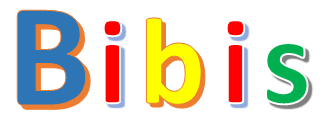


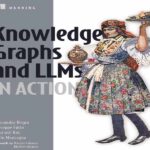
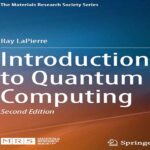

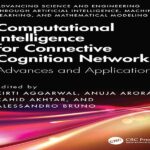
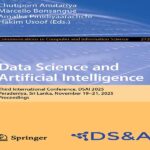
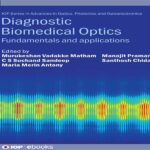


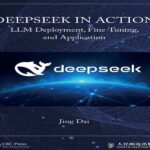
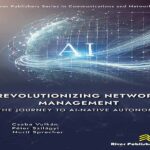
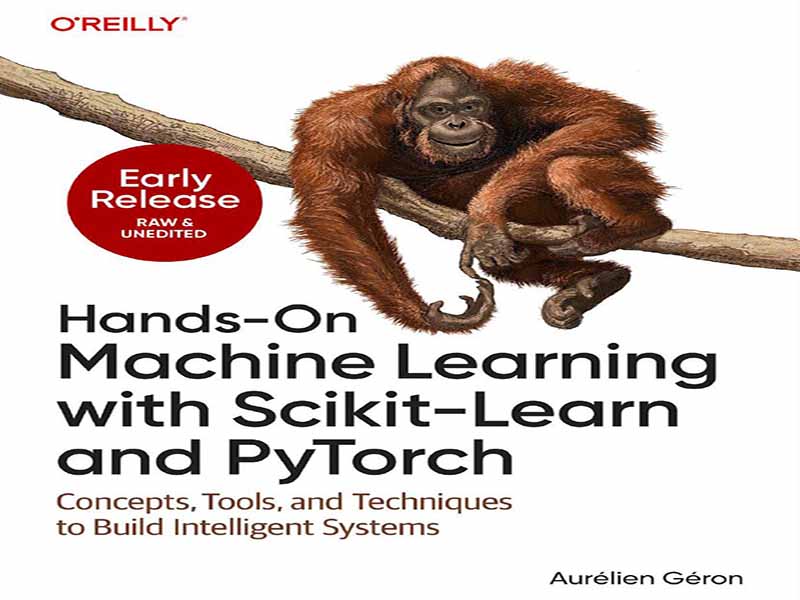
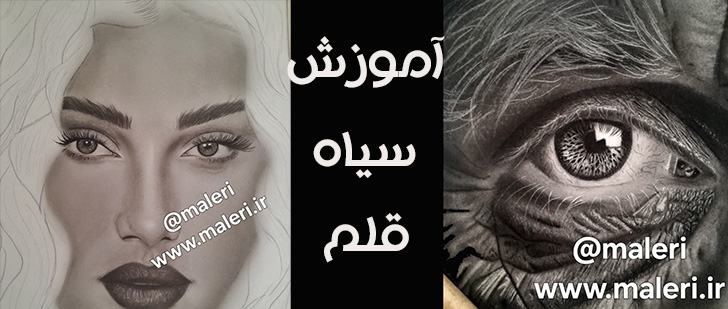
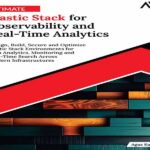
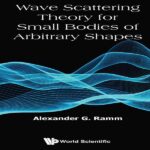
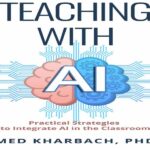















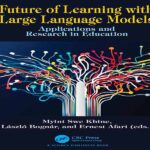

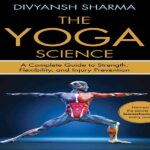
نظرات کاربران